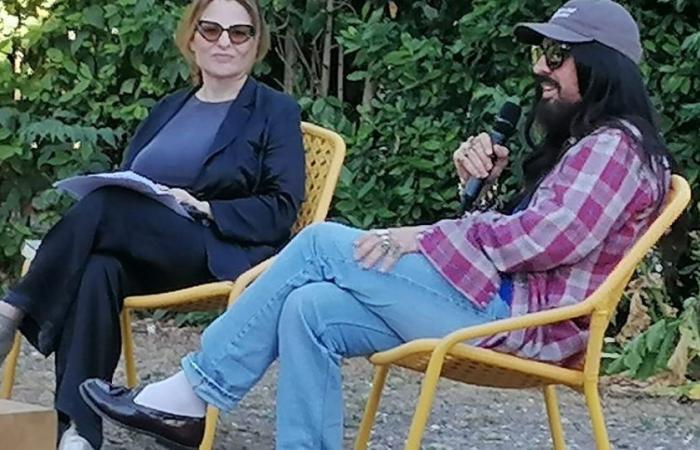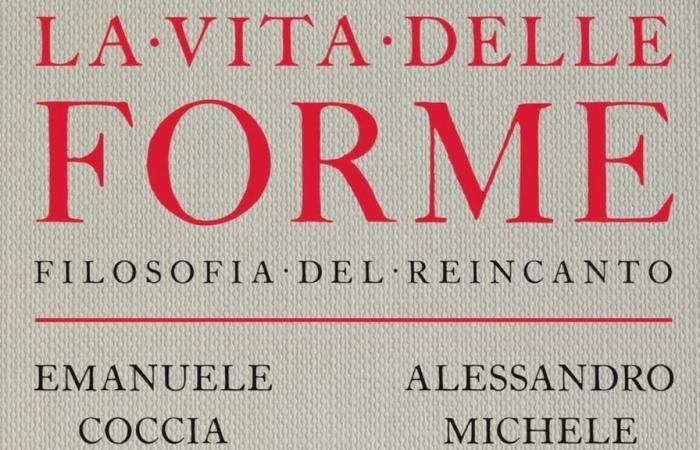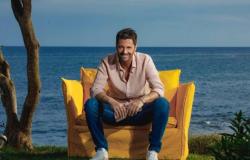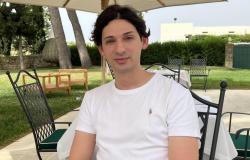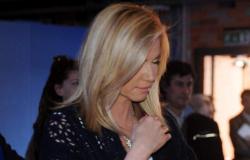AGI – “Mismatched clothes are revolutionary.” If you say so Alessandro Michele one of the most renowned creatives in the field of fashion, for seven years creative director at Gucci and today for the Maison Valentino, you have to believe it. In a book co-written with Emanuele Coccia, philosophy teacher at the École de hautes études en Science Sociales in Paris, author and journalist, Alessandro Michele’s relationship with things is investigated, starting from childhood memories.
“The life of forms”, published by HarperCollins Italy, is a revealing book that outlines truths often hidden beneath the surface of human experiences. Through profound introspection, the work not only brings these hidden truths to light, but also invites us to rediscover and appreciate the enchantment that permeates our daily existences through the eyes and experience of one of the most esteemed and sought-after creative directors .
In the setting of Villa Medici in Trinità dei Monti, the authors interviewed by the writer Teresa Ciabatti were able to tell their stories the relationship of fashion with art and the symbiosis that is created with objects. It all started with a handbag – Ciabatti recalled, retracing some of the pages of the book that begin the portrait of a child attracted by shiny things. “I was a hunter of extraordinary things and my mother had this handbag – my joy was carrying the handbag, going out with it. For a child of 1972 it didn’t exist. But my father had no problems with the bag or with shiny things because perhaps he was the strangest one. And strangely he is very free” says Michele.
With his creations of clothes, fashion shows, exhibitions and press releases, has redefined the concept of fashion, transforming it into a form of both political and aesthetic expression. Behind the choice of each item of clothing lies a profound awareness that reflects the identity of each of us: it is with this reflection that Emanuele Coccia’s singular point of view merges, leading the reader to explore themes such as memory, the mutability of identity and the fragility of gender stereotypes in the contemporary era.
And to move on to fashion in the strict sense, Coccia defines it as a “habitable” form of art. Not a painting to be contemplated, not a sculpture to be observed or a film to be seen, but interchangeable and which “coincides with life”. The dress therefore becomes a “Trojan horse for art to enter everyone’s life.”
Because about clothes, Michele reminds us, “we are slaves, they concern an action that we are forced to do. But clothes are a crazy signal of our being, of where we want to be. Even when we don’t wear certain items.”
And so the book also insinuates itself into Michele’s vision and his world made of things. Like his collections of little dogs that “require attention almost like the real ones”, of the materiality so present in his home and of that blue stuffed animal that he has carried with him since childhood and on which he arranges the pillow every evening. The belief is that of seeing a magical aspect in objects, of crossing a present that does not reject the past world, but rather returns to handle it and make it live new lives. Just like that purse stolen from his mother, as a child, and lost forever in a Roman club when a friend dressed up as Liz Taylor. “It’s a shame, but it looked great.”

